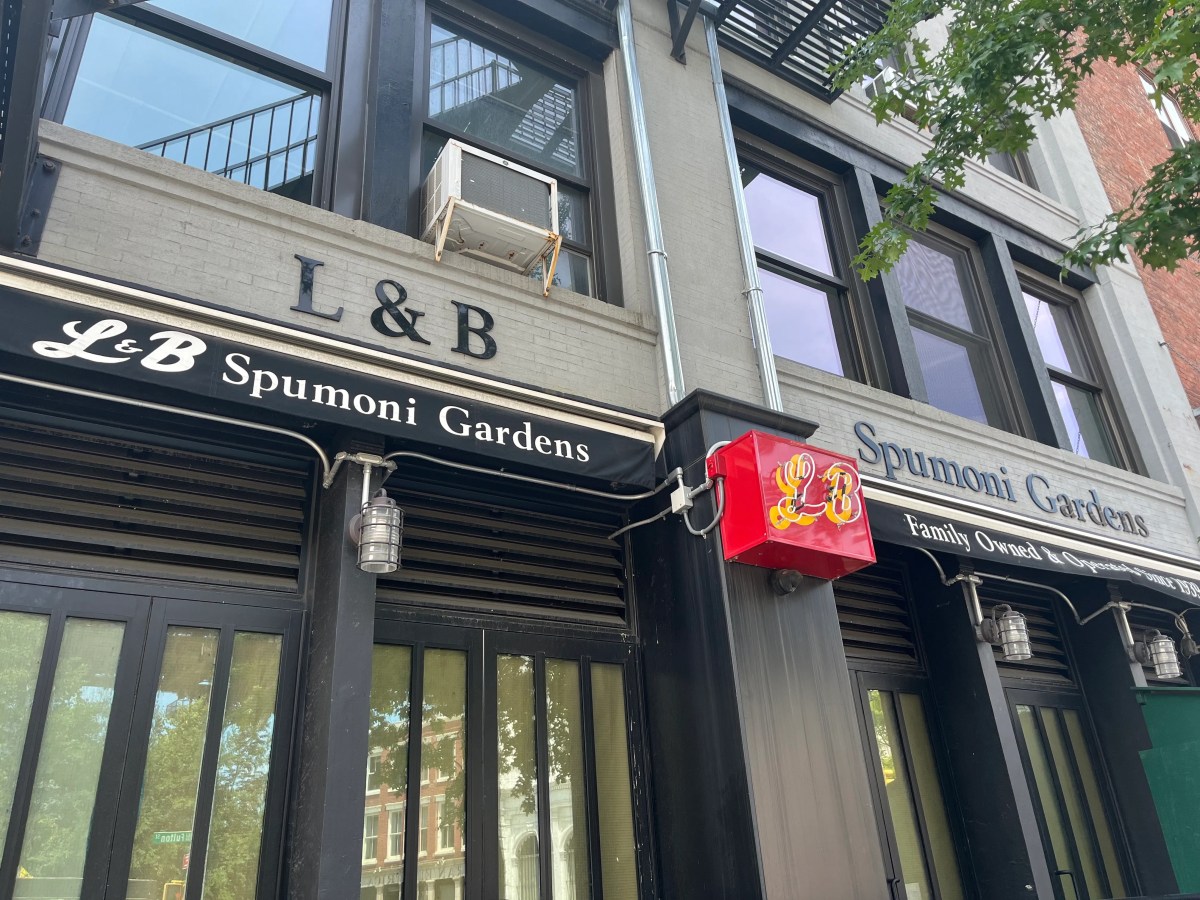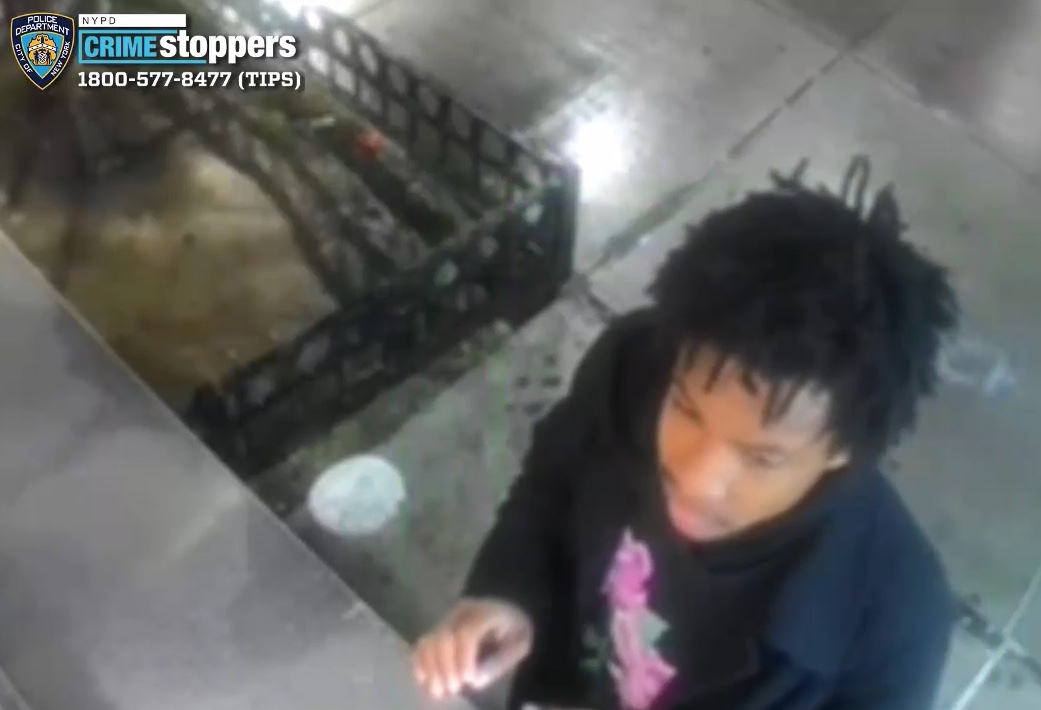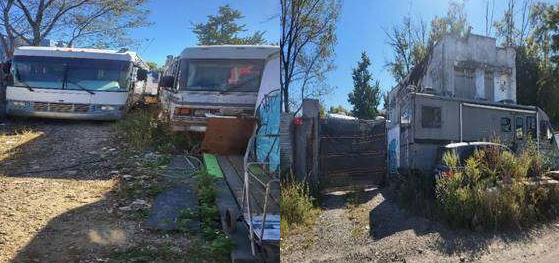By Ronda Kaysen
In any other neighborhood, the familiar green banner that appeared on a vacant shop window last week wouldn’t raise an eyebrow. But at the corner of Washington and Carlisle Sts., word of a new Starbucks setting up shop is something to talk about.
“That’s kind of an obscure location,” said nearby resident Andy Jurinko. “I’m trying to think who in the hell is going to go there… it’s kind of a dead zone.”
The corner in question is two blocks south of the World Trade Center site. Overshadowed by the bustle of Broadway and cut off from residential Battery Park City by West St. (otherwise known as the West Side Highway), the area gets little foot traffic and few visitors. While much of Lower Manhattan has rebounded in the four and half years since 9/11, the blocks immediately south of the Trade Center site, an area now known as Greenwich Street South, have languished, dubbed a “no man’s land” by Lower Manhattan Development Corp. president Stefan Pryor.
But in the past few months a change has started to take hold. Several new eateries have ventured into the area and insist business is not as bleak as it once was. This no man’s land is making a comeback, they say.
The ground floor of a 27-story residential tower at 90 Washington St. is now home to the latest Merchants incarnation: Merchants NY café, an airy restaurant with a small wood-burning stove and sweeping windows. Merchants NY Café opened this fall and is the company’s third establishment Downtown — SouthWest NY is in the World Financial Center and Pound & Pence, an English-style pub, opened in 2004 on Liberty St. in the heart of the Financial District.
If you talk to general manager Ali Webster, you’d never suspect her restaurant sits three blocks south of the empty Trade Center site and in eyeshot of 130 Liberty St., a 40-story shrouded building that was so badly contaminated and damaged on 9/11 that it will soon be demolished.
“We’re getting progressively more busy,” she said, sitting in the restaurant on Martin Luther King Day afternoon. The neighborhood “feels like it’s thriving,” although during the half hour Downtown Express sat with Webster, only one customer ventured inside and few pedestrians passed by. Business in the area, she thinks, is 75 percent of what it was before the attack. The cafe caters mainly to tourists and residents, with the 400 apartments in the building above often calling in for delivery.
This summer, Merchants will transform the sidewalk into a 140-seat outdoor café. “Everybody loves to be outside,” gushed Webster.
A block east on Greenwich St., every table on the ground floor of George’s Restaurant was full on the holiday afternoon. On a business day, the upstairs dining room of this Greek diner is full at lunchtime, said William Koulmentas, who is taking over the business from his father, George. The restaurant had been a neighborhood mainstay since 1980. But in Sept. 2002 the city demolished the two-story structure after a crack was discovered in the foundation. It took Koulmentas and his father three years to rebuild. They re-opened the diner on Sept. 11, 2005.
Despite the crowd, business is 60 percent of what it once was “if that,” said Koulmentas. The neighborhood “is struggling,” he said, and fellow shopkeepers are worried. “I hear complaints that it’s just not there yet. It’s a lot tougher than it was.”
Koulmentas blames the lagging redevelopment process for the neighborhood’s slow recovery. “They’ve been lagging on it for how long?” he said. “For the love of God, get it done.”
L.M.D.C., the agency steering the redevelopment, characterizes Greenwich Street South as desolate and advocates a $125 million revitalization project to deck over the entrance to the Brooklyn-Battery Tunnel, create park space, build a commuter bus garage and create a safe east-west walkway in an area dominated and obstructed by the Brooklyn Battery Tunnel, a parking garage and West St. The project is not fully funded, but there is $80 million of 9/11-related money set aside for it.
The neighborhood is also struggling through a major change in demographics. In the ’80s, a predominantly corporate crowd frequented George’s and other Greenwich Street South eateries, but thousands of office jobs vanished in the Trade Center disaster and a spate of residential conversions ate up many other office buildings. Now, instead of hungry office workers looking for a quick bite, Trade Center-bound tourists and new residents prowl the streets looking for a leisurely Sunday brunch.
To meet the changing demands, the new George’s boasts a rotating brunch menu with items not usually associated with a Greek diner. Customers can order apple pancakes and croissant French toast and one of the cooks began making his grandmother’s guacamole recipe. “I’m taking a different approach,” said Koulmentas, round faced and broad shouldered like his father. “My father was old school.”
Café Bravo opened across the street around the same time as George’s. A traditional deli, the nondescript eatery extends halfway down the block and includes a pizzeria and gyro shop. The neighborhood “has turned around quite a lot,” said manager Peter Asan. “It’s developing little by little, everything is getting better.”
The old timers, however, do not share the same optimism. They describe a neighborhood still deeply troubled by the disaster.
“We’re hanging on now, but it’s about the same” as it was shortly after the disaster, said Henry Martuscello, whose father Joseph owns Caracello Ristorante on Greenwich St. Martuscello is not fazed by the influx of new restaurants on the block. “They pop up here and there all the time.”
Giovanni Natalucci, who has owned Giovanni’s on Washington St. for 34 years, doubts his restaurant will still be here when the neighborhood finally rebounds. “The holidays were good, but now we’re falling into the hole again,” he said, standing behind his bar.
The 71-year-old restaurateur plans to retire soon and his landlord has no intentions of transferring the lease to a new owner. “I want to retire tomorrow,” he said. With business stagnant at 50 percent of what it was before Sept. 11, Natalucci sees no point in hanging on much longer. “At a certain age you don’t want to start again.”
With an $180,000 business grant, Natalucci sunk nearly $60,000 into restoring his restaurant after 9/11. He worries the looming reconstruction projects will take a toll on his building and the neighborhood. Like many of the shopkeepers in the area, Natalucci claims his was the first restaurant to reopen after the disaster. (George Koulmentas also says his was the first, as does Webster, who claims SouthWest NY reopened first in Battery Park City.)
Natalucci expects it will take a decade for the neighborhood to rebound. In the meantime, businesses in his neighborhood will continue to struggle. Many closed up after 9/11 and moved elsewhere, a decision he said was a smart one. His advice for the newcomers: “Let them go out to another place… business here is not profitable.”
WWW Downtown Express





































